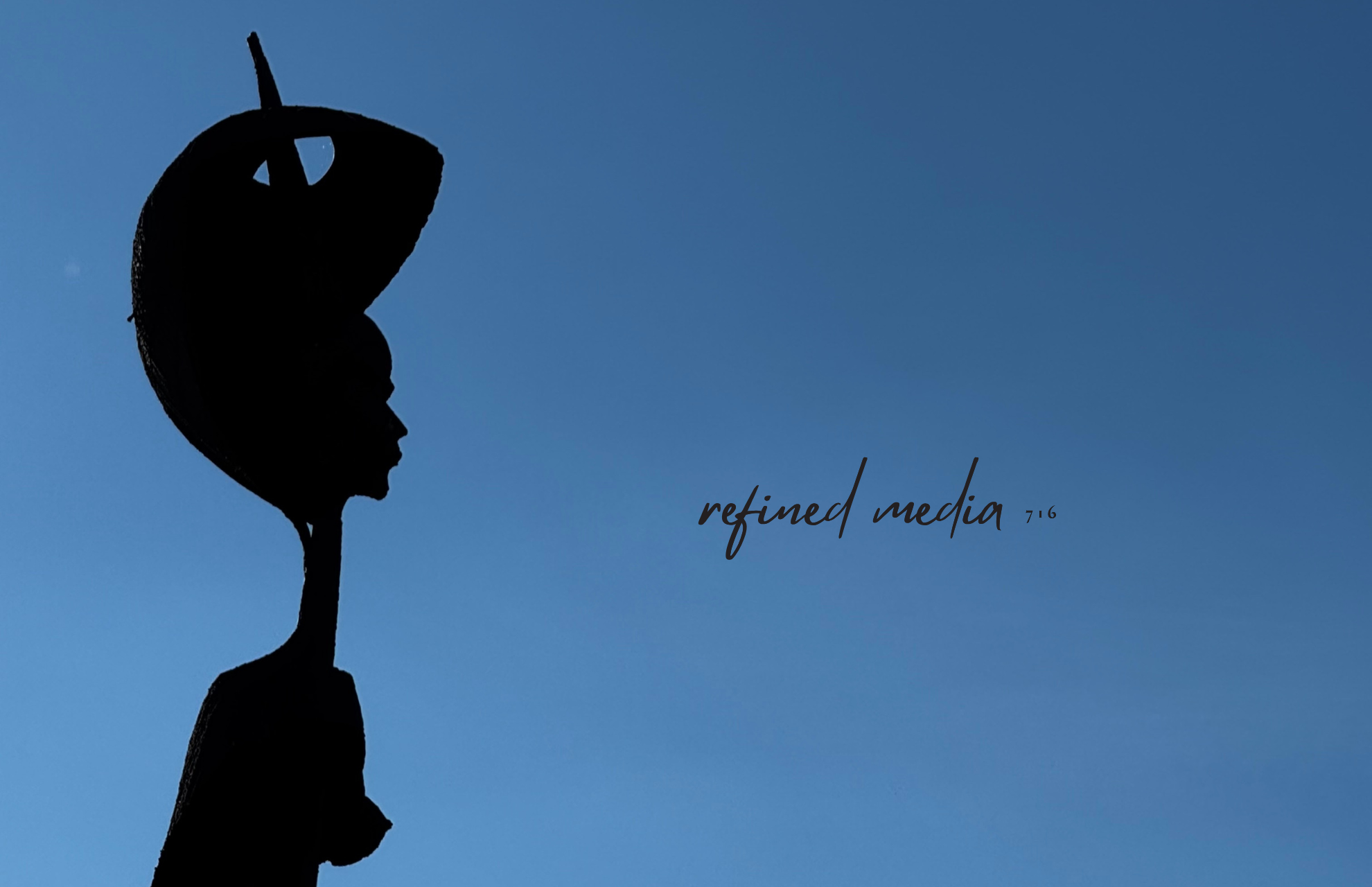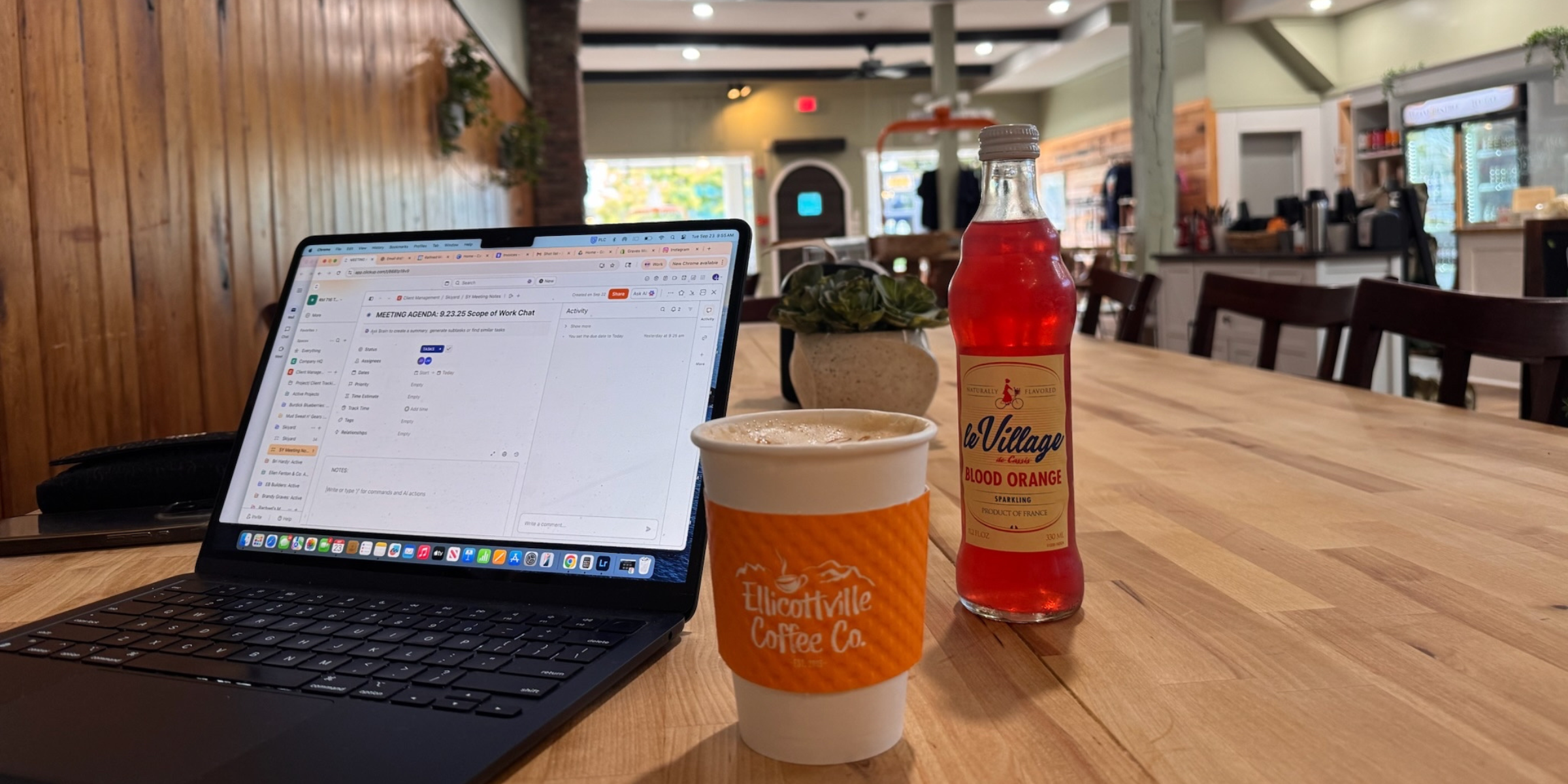How People Consume Content Has Changed — But the Rules of Good Marketing Haven’t
Written By: Jessica Wallace
Something I’ve always found fascinating is connecting dots across generations — seeing where history has stood the test of time.
Our professional careers are rooted in marketing, psychology, creativity, and endless hours of research. Trust me when I say: the rabbit holes we find ourselves in can get pretty interesting.
To stretch one’s perspective far enough to find root causes through connected experiences — and trace how they impact audiences across decades — now that’s deep. And that’s exactly the kind of thinking we’re diving into today.
The Evolution of How We Consume
Even though the way people consume content keeps evolving — from radio to TV, to YouTube, to TikTok — the why behind what captures attention hasn’t changed. Only how we get it in front of them has.
Right now, creators, business owners, and truthfully most of us are consuming content at a rate that’s creating a sense of burnout.
When you’re in a position that requires you to be authentic while also keeping up with what’s “trending,” the pressure is real. The demand to always be on is exhausting. For most of us, it’s not a question of ability — it’s a question of drive. The constant race to “keep up with the Joneses” of content can drain even the most creative people.
We’ve Seen This Before
If you look back at the history of marketing, you’ll notice similar bursts in demand with every major shift — from radio in the 1930s to the television boom of the 1950s.
The tools changed. The audiences grew. But the psychology behind it all? That part never wavered.
| Timeless Truth | Then | Now |
|---|---|---|
| Emotion Drives Action | Radio ads used emotion to sell wartime bonds. | Brands use authenticity and storytelling to drive engagement. |
| Repetition Builds Trust | Billboards lined every highway. | Consistent content builds algorithmic and audience trust. |
| Community Fuels Loyalty | Town squares and local events. | Digital communities, group chats, and comment sections. |
| Simplicity Converts | Straightforward headlines. | Clean visuals and scroll-stopping clarity. |
Choose Your Channel, Not Your Copy
If you were paying our agency to coach you through building visibility, we’d tell you this: pick a platform and get really good at it. Learn it, work it, and love it. (Seriously — find joy in what you’re crafting. Remember your purpose; it’s the best motivation you’ll ever have.)
Everything Comes Full Circle
One of the most consistent truths in the history of media? Every platform eventually circles back to what it was best at.
Take Instagram. It started as a space for clean, inspiring visuals — photos that made people stop scrolling and feel something. Then came Stories, Reels, Threads — all trying to keep users’ attention for a few seconds longer. But now? The numbers don’t lie. Strong imagery and carousel storytelling are back on top. The platform realized what creators already knew: people crave connection through visuals that feel real.
And it’s not just Instagram.
X (Twitter) tried long-form and video, but short, clever thoughts still carry the conversation.
YouTube went corporate for a while, but creators with authenticity are running the show again.
TikTok is already simplifying — less over-editing, more real talk and raw storytelling.
No matter how the tech evolves, people always return to what feels human.
Platform Predictions — and Who They’re Really Built For
If every platform eventually circles back, the next logical question is who they’re doing it for. Because the truth is, every algorithm update, every new feature — it’s not random. It’s designed for a certain kind of user.
Instagram is doubling down on visual storytellers. Creators, brands, and small businesses who can tell a story through imagery will continue to win here. Reels aren’t going anywhere, but photos and carousels will keep pulling engagement because they let users slow down and connect.
TikTok is built for creators who can entertain and educate fast. The algorithm rewards retention, which means value-driven storytelling — not just trends — will lead.
YouTube continues to serve long-form learners and loyal audiences. Shorts bring people in, but it’s the long-form content — tutorials, behind-the-scenes, and storytelling — that builds trust and revenue.
X (Twitter) caters to thought leaders and fast thinkers. Opinions, humor, and reactions still dominate the space.
LinkedIn is for brand builders. Not just B2B anymore — it’s where storytelling meets strategy. People want to see the faces behind the logos.
The takeaway: platforms evolve around the content that keeps users coming back — and the creators who communicate clearly, consistently, and with personality will always win.
Aligning Your Content with Your Brand, Audience & Creative Style
Every platform has its rhythm — but so does every brand. The real growth happens when you stop chasing trends and start creating from alignment.
Think of it like this:
Your brand sets the tone.
Your audience sets the pace.
Your creativity fills in the space between.
If your brand is rooted in luxury or expertise, lean into polished visuals, clean storytelling, and consistency. If it’s built around lifestyle or community, go heavier on personality — candid Reels, conversational captions, and story-driven posts.
Your audience tells you what they need if you’re paying attention. Are they engaging with tutorials? Give them education. Are they saving personal reflections? Give them connection.
And your creativity? That’s the engine. Some creators think in video transitions, others in photos or words. Don’t fight your natural lane — refine it. The more your content feels like you, the stronger your audience’s trust becomes.
Because at the end of the day, strategy only works when it sounds like your voice, not the algorithm’s.



The way people consume content has changed — but what makes marketing work hasn’t. Here’s how creators can adapt their strategy without losing authenticity.